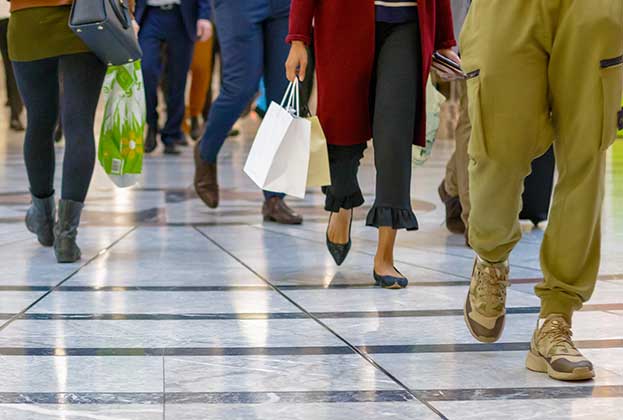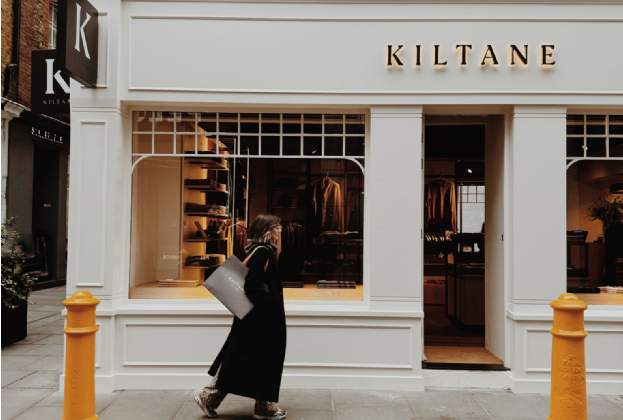Crossrail is set to bring an additional 60 million people into the West End from late 2018, with the proposed pedestrianisation of Oxford Street suggesting it is likely to be the primary beneficiary of projected increases in footfall and retail spend. With this in mind, what more can be done to ensure Oxford Street continues to evolve as an attractive place to shop and, in turn, a place to invest?
There is, perhaps, a lot to learn from shopping centre owners, particularly the international players such as Westfield. Globally, large shopping centre operators are demonstrating a best-in-class approach to creating and maintaining attractive retail environments. While these shopping centres obviously have the benefit of single ownership, a number of key features could potentially be replicated on Oxford Street, including free Wi-Fi, which is proven to improve shopper satisfaction and also allows the collection of live visitor data.
Building awareness of demographics could help landlords and retailers on Oxford Street to gain further understanding of who shops there and when. This could then be used to create better informed, more targeted marketing strategies.
Improving digital connectivity could also prove fruitful. A successful example is shopping centre landlord Hammerson, which has created a mobile app allowing customers to identify where an exact piece of clothing or similar item is available within a given scheme. This could work just as well for Oxford Street, with the bonus of providing additional visitor data.
Other practical steps could include the creation of digital signage, shopping bag storage points, concierge services and break-out spaces on Oxford Street, which are all familiar in shopping centres today.
As more online retailers make the leap to physical stores, the global profile of Oxford Street means it is an ideal location to make that brand statement. This trend includes manufacturers such as Dyson acquiring retail units to showcase product and better engage with customers. Other brands and retailers now want to use their stores for more than just selling products, incorporating F&B, event space, click and collect points and more. Ensuring some degree of planning flexibility is therefore likely to be key to the ongoing success of Oxford Street.
Looking ahead, we expect aspirational mid-market and accessible luxury brands to be the most acquisitive on Oxford Street, in particular with new entrants from Europe. Visitor numbers from Asia Pacific and China are also forecast to rise, becoming an additional driver of spend on the street and in the wider West End.
With these factors in place, the added footfall delivered by Crossrail and perhaps some additional lessons to be learned from shopping centres, Oxford Street will continue to rank among the best retail streets in the world in the eyes of investors and shoppers alike.
Further information
.jpg)
.jpg)







.jpg)
